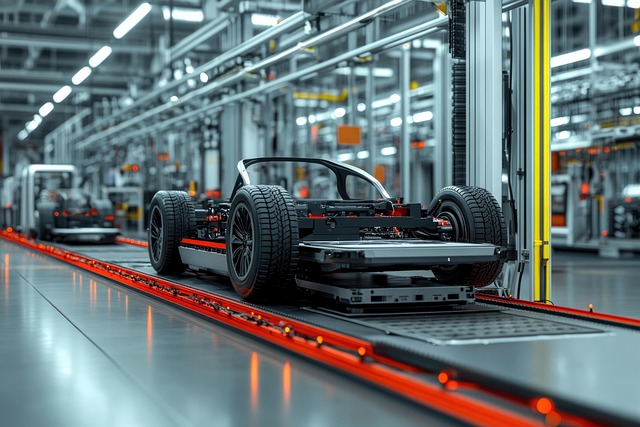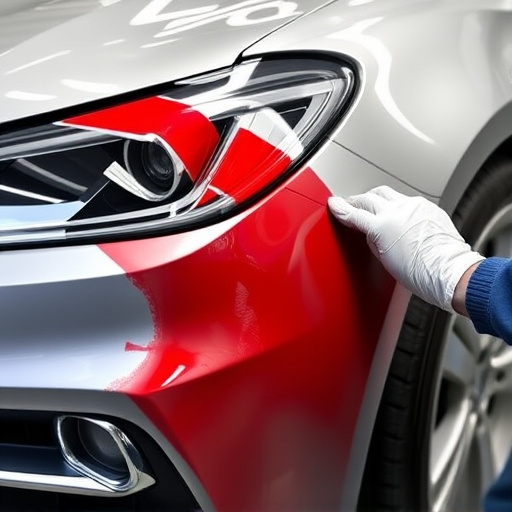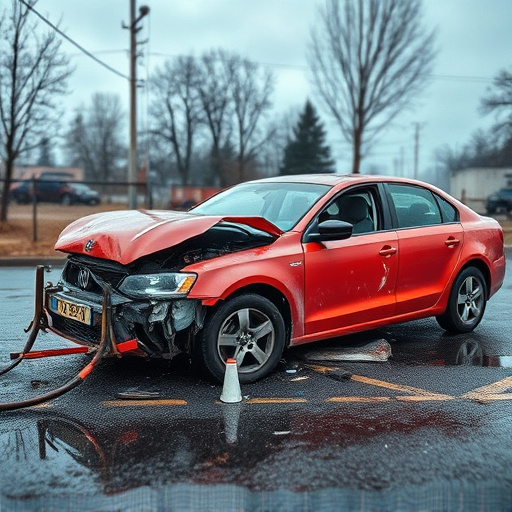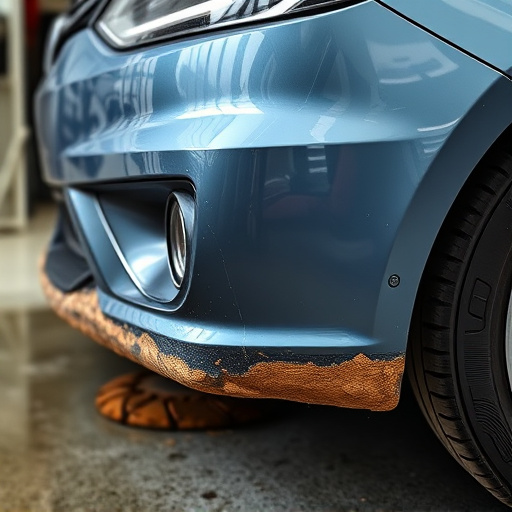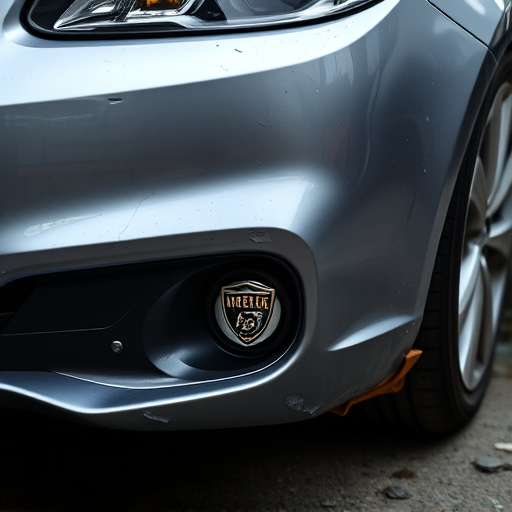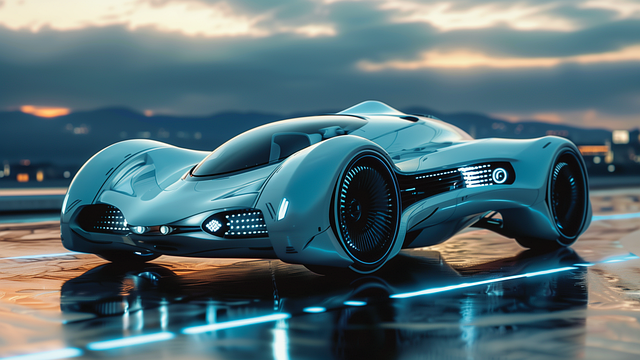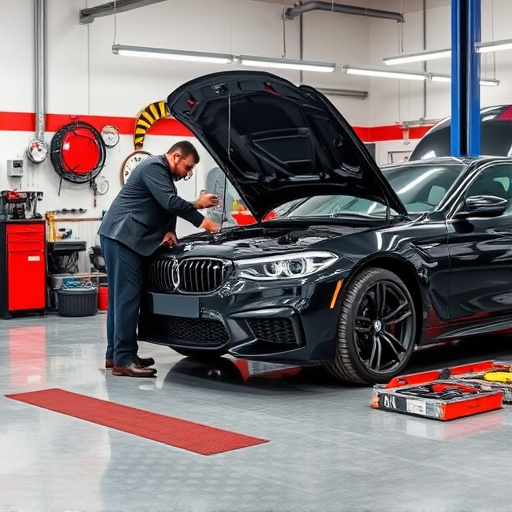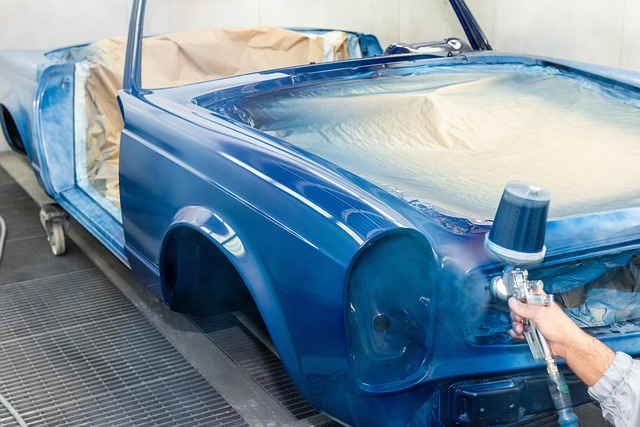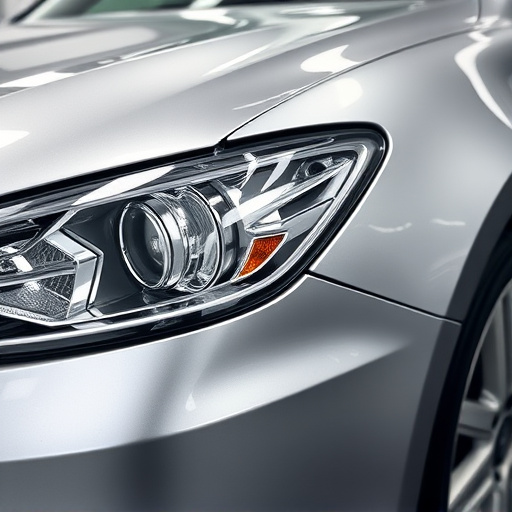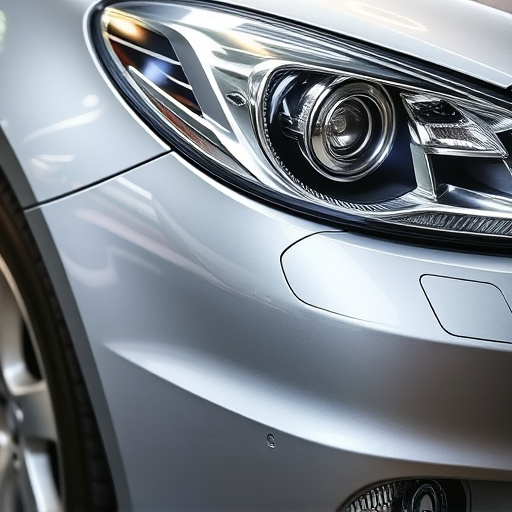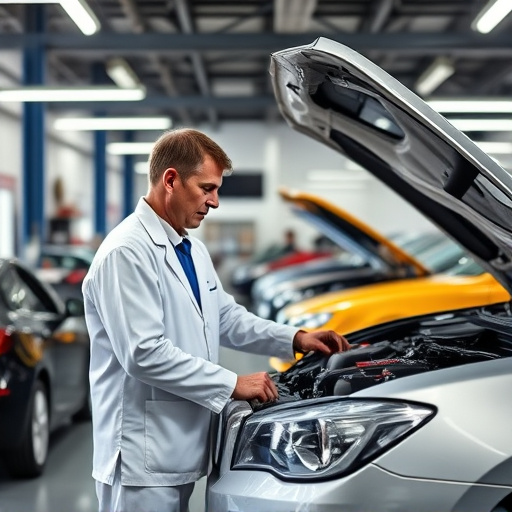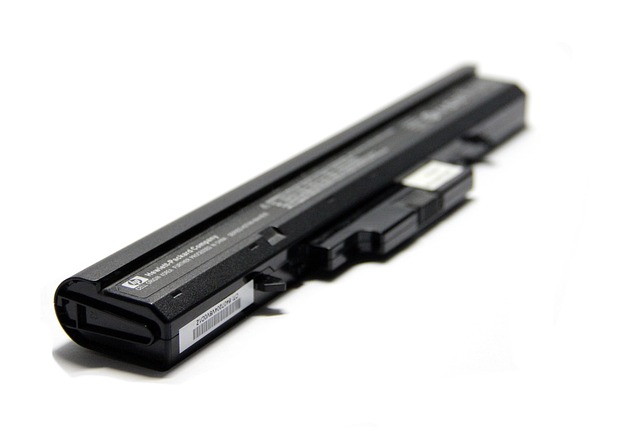Pearlescent pigments in pearl finish collision repair offer aesthetic appeal and durability, enhancing vehicle restoration with a unique, multi-dimensional look. This scientific process involves microscopy techniques to achieve iridescent effects from precise application and blending of specialized particles. Quality control through microscopy ensures uniformity, crucial for luxury brands like Mercedes-Benz. Mastering application techniques, including cleaning, priming, sanding, spray patterns, pressure, and coating thickness, is vital for longevity and stunning visual appeal in pearl finish collision repairs.
“Uncover the secrets behind the captivating pearl finish in collision repairs. This article delves into the science of pearlescent paint, exploring its unique properties and the technology driving its popularity. From understanding the role of pearlescent pigments to mastering application techniques, we’ll guide you through the process. Microscopy plays a pivotal role in creating these stunning finishes, ensuring longevity and aesthetics. Discover how professionals achieve flawless pearl finishes in collision repair, enhancing vehicle beauty and value.”
- Understanding Pearlescent Pigments and Their Properties
- The Role of Microscopy in Creating Pearl Finishes
- Optimizing Application Techniques for Longevity and Aesthetics
Understanding Pearlescent Pigments and Their Properties
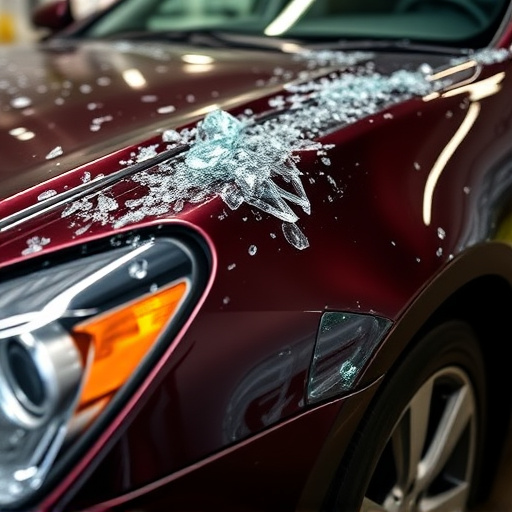
Pearlescent pigments are a unique type of material that offers a distinctive and captivating visual effect, often described as a pearl-like finish. These specialized particles are responsible for the stunning iridescent hues seen in many modern paints, including those used in collision repair shops. The science behind these pigments is quite fascinating; they consist of tiny platelets or flakes of metal or mineral substances, such as mica or titanium dioxide, which scatter light and create a shimmering appearance.
When integrated into collision repair processes, particularly during frame straightening and fleet repair services, pearlescent paint offers both aesthetic and functional benefits. The intricate structure of these pigments allows for a multi-dimensional finish, enhancing the overall appeal of repaired vehicles. Moreover, their ability to reflect light can improve the durability of the paint job by providing extra protection against fading and chipping, ensuring that restored cars not only look stunning but also stand the test of time.
The Role of Microscopy in Creating Pearl Finishes
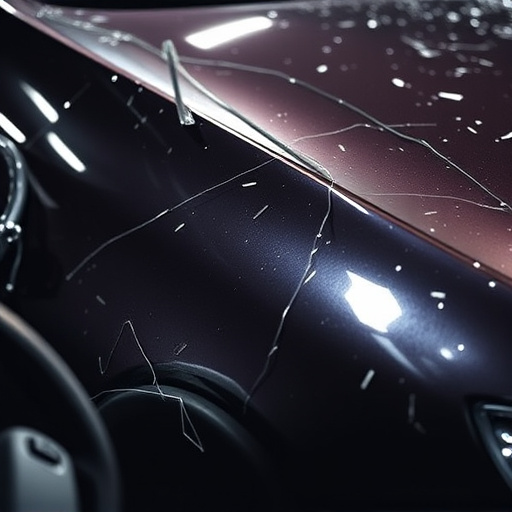
The art of creating pearl finishes in collision repairs involves a scientific approach using advanced microscopy techniques. Under the microscope, the surface of pearl pigments is revealed as a complex structure comprised of tiny layers and interlayers, each with distinct optical properties. This intricate arrangement scatters light, resulting in the mesmerizing iridescent effect characteristic of pearl finishes.
In collision repair, achieving a flawless pearl finish requires precise application and blending techniques, combined with an understanding of how light interacts with these microscopic structures. Microscopy plays a crucial role in quality control, enabling experts to inspect and ensure the uniformity and depth of the pearl coat, matching the original vehicle paint job perfectly. This meticulous process is especially relevant in luxury car brands like Mercedes-Benz collision repair, where attention to detail and precision are paramount to maintaining the vehicle’s aesthetic value.
Optimizing Application Techniques for Longevity and Aesthetics
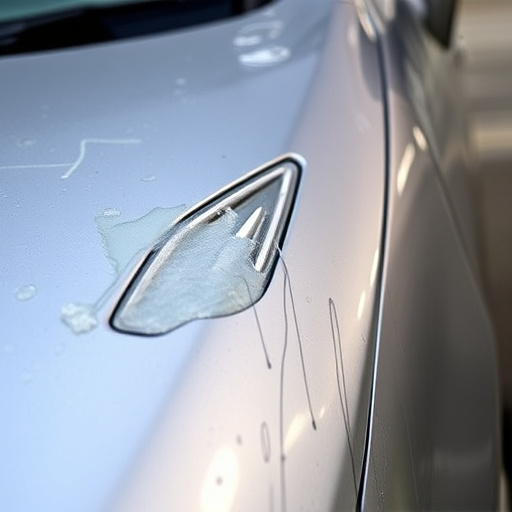
In pearl finish collision repairs, mastering application techniques is key to achieving both longevity and aesthetics. The intricate process involves careful preparation of the car’s surface to ensure a smooth base for the paint. This includes thorough cleaning, priming, and sanding to remove any imperfections that could affect the final result. The actual painting requires precise control over spray patterns, pressure, and coating thickness to create the lustrous, pearlescent effect desired.
Professional automotive repair services emphasize the importance of using high-quality pearl finish paints and appropriate tools to guarantee durability. In a car collision repair or at a car body shop, technicians must pay close attention to detail during application. This meticulousness ensures not just a stunning visual appeal but also long-lasting protection against scratches, chips, and other environmental damage. By combining skilled techniques with the right materials, pearl finish collision repairs can restore vehicles to their pre-accident condition or even enhance their beauty with a unique, pearlescent allure.
The science behind pearlescent paint in collision repairs is a captivating journey that combines advanced pigments, microscopy techniques, and precise application methods. By understanding the unique properties of pearlescent pigments, leveraging microscopy for flawless finishes, and optimizing application techniques, auto body specialists can achieve not only long-lasting repars but also visually stunning pearl finishes. This innovative approach to collision repair enhances both the aesthetic appeal and durability of vehicles, ensuring they look as good as new on the road.
